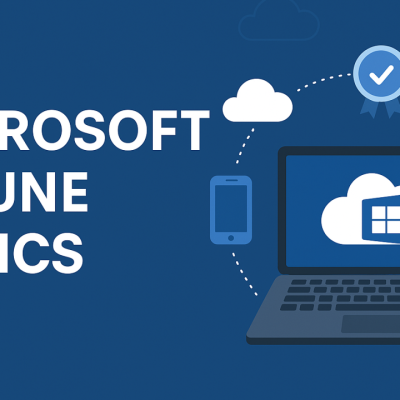Empowering Growth Through Innovation
Artificial Intelligence (AI) is no longer a buzzword in cybersecurity it’s a powerful tool on both sides of the battlefield. Whether enhancing threat detection or automating malicious campaigns, AI is fundamentally reshaping the cybersecurity landscape. The question is no longer if AI will impact security operations, but how safely and ethically it’s being used.
In this blog, we explore how AI is being weaponized and defended making it one of the greatest assets and greatest risks in the digital world.
🧠 The Good: AI as a Force Multiplier for Defense
Security teams are often overwhelmed with alerts, anomalies, and logs. AI changes the game by enabling context-aware threat detection, automated incident response, and predictive risk analysis.
Key Benefits of AI-Driven Security:
Real-Time Anomaly Detection: ML algorithms learn what “normal” looks like and spot outliers instantly—stopping attacks earlier.
Smarter Alert Triage: AI helps reduce false positives, letting SOC teams focus on real threats.
Faster Containment & Response: AI-integrated EDRs can automatically isolate affected endpoints and initiate containment protocols.
Threat Hunting at Scale: AI tools continuously scan behavior patterns to surface hidden indicators of compromise (IOCs).
⚠️ The Bad: When AI Becomes the Attacker’s Ally
Just as defenders are innovating, so are attackers. With access to generative AI, threat actors now have the ability to scale attacks faster, deceive better, and evade detection more efficiently.
Examples of Malicious AI Use:
Deepfake Attacks: AI-generated voice or video impersonation used for CEO fraud or social engineering.
AI-Powered Phishing: Perfectly written phishing emails tailored to the recipient, generated in seconds.
Autonomous Malware: Self-adapting malware that adjusts tactics based on detection.
Adversarial AI: Attackers poison datasets or manipulate model outputs to bypass security controls.
These techniques are no longer theoretical. We’re already seeing AI being embedded into ransomware kits and exploit chains.
🧩 Striking the Right Balance
AI is incredibly powerful, but it’s not a silver bullet. Without proper oversight, testing, and governance, AI-powered systems can introduce bias, miss edge-case threats, or act unpredictably in high-stakes environments.
That’s why at TrustNet Solutions, we emphasize a human-in-the-loop approach—combining the speed and pattern recognition of AI with expert validation from cybersecurity analysts.
Key Principles for Safe AI Use:
Train with trusted datasets
Perform continuous model validation
Set strict guardrails around automation
Ensure explainability in alerts and decisions
🧠 Final Thoughts
AI isn’t just the future of cybersecurity—it’s the present. Whether it becomes your greatest defense or your biggest liability depends entirely on how you use it.
At TrustNet Solutions, we help organizations evaluate, deploy, and monitor AI-powered tools with control, clarity, and compliance. From EDR to UEBA and threat intel platforms, we design solutions that accelerate detection—without losing human insight.





